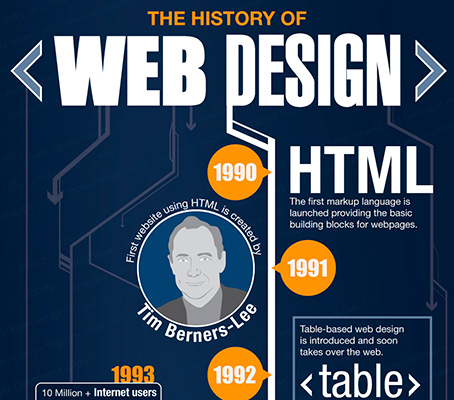Basic Aspects Of Website Design: Standards For Creating A User-Centric Website
Basic Aspects Of Website Design: Standards For Creating A User-Centric Website
Blog Article
Article Produced By-Crews Devine
When it concerns internet site design, guaranteeing user-friendliness is key. From receptive layout to structured navigating, every aspect plays an essential role in producing a website that satisfies your target market's needs. But what about the better details that can make or break a customer's searching experience? Stay tuned as we uncover some often-overlooked tips that can elevate your internet site's functionality to the following level, making it truly stand apart in the digital landscape.
Significance of Responsive Layout
Responsive style is an important facet of contemporary internet site advancement. Guaranteeing your internet site is receptive ways that it can adjust to various screen sizes and tools, giving a seamless experience for users.
With websites for content creators raising use smartphones and tablet computers to access the internet, having a receptive style is necessary for reaching a broader audience. It aids in improving user experience by making your internet site easy to browse and read on any type of tool.
Furthermore, receptive design can favorably influence your internet search engine rankings, as search engines like Google prioritize mobile-friendly sites. By having a responsive layout, you're likewise future-proofing your web site, as brand-new tools with differing display dimensions continue to arise.
Simplify Navigating Framework
To improve user experience and facilitate easy accessibility to details on your site, streamlining the navigation structure is critical. When designing your website, focus on producing a clear and instinctive navigation food selection that aids visitors locate what they're searching for promptly.
Restriction the variety of menu products to the essentials, organizing relevant pages with each other to prevent overwhelming individuals. Usage detailed tags that plainly indicate the web content of each web page, making it less complicated for customers to understand where each web link will certainly take them.
Take into consideration applying dropdown food selections for subcategories to prevent cluttering the primary navigation bar. Furthermore, include a search bar plainly on the web page for individuals who choose looking for details info.
Focus on mobile responsiveness in your navigating style to ensure simple gain access to on all tools.
Enhance Page Load Speed
Improving page tons speed is important for preserving site visitors on your internet site. Slow-loading web pages frustrate users and can cause high bounce prices. To enhance page lots rate, beginning by maximizing photos. Compress photos without compromising quality to reduce their documents sizes.
Furthermore, allow web browser caching to save often accessed sources locally, quickening tons times for returning visitors. Minify CSS, JavaScript, and HTML documents by eliminating unnecessary characters, comments, and format, improving tons speed.
Take into linked here using a material delivery network (CDN) to disperse your web site's web content throughout several web servers worldwide, lowering latency for individuals accessing your website from various places. Finally, restrict using source website -party manuscripts and plugins, as they can significantly influence tons times.
Conclusion
In conclusion, by including responsive layout, streamlining navigating, and enhancing page load speed, you can develop an easy to use internet site that attract a wider audience and improves individual experience. These essential elements make certain that visitors can easily access and navigate your website throughout different tools, leading to boosted involvement and complete satisfaction. By focusing on these key aspects, you can build an effective web site that maintains individuals coming back for even more.
